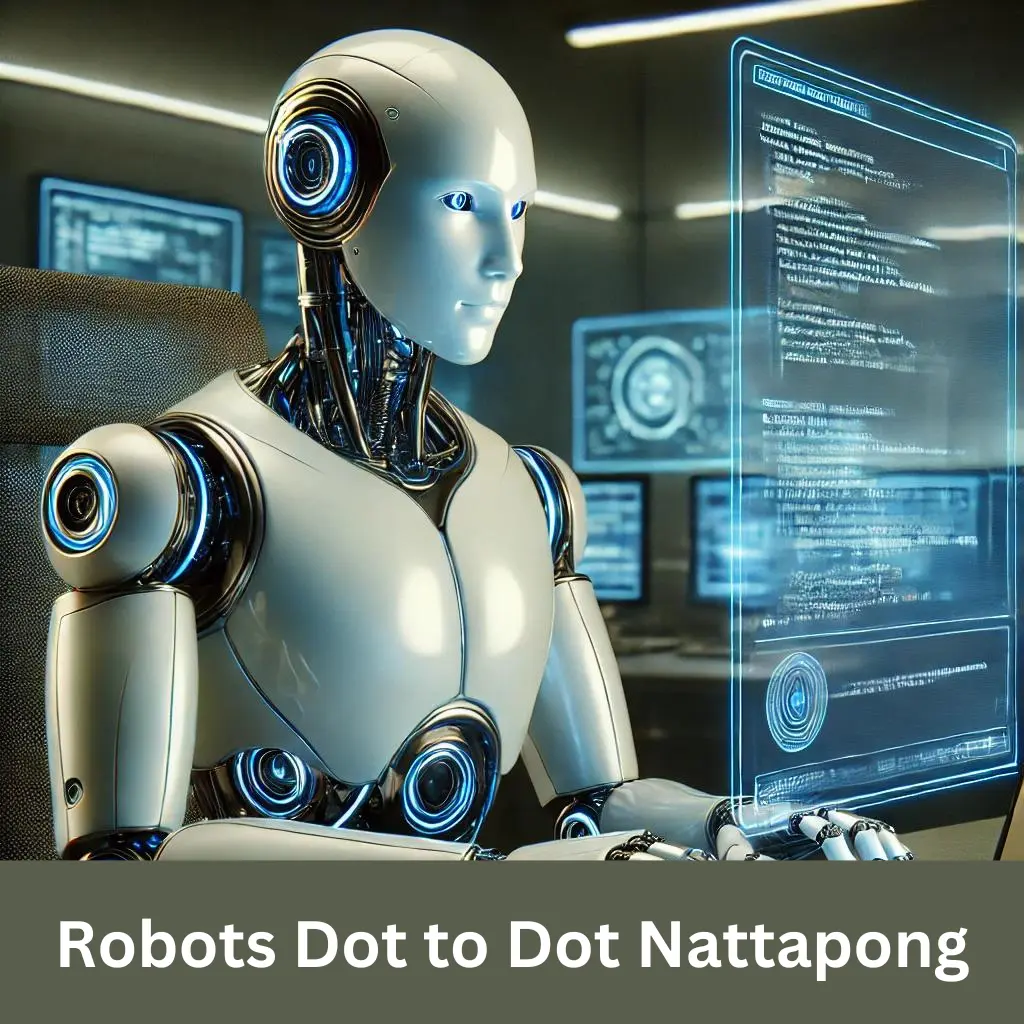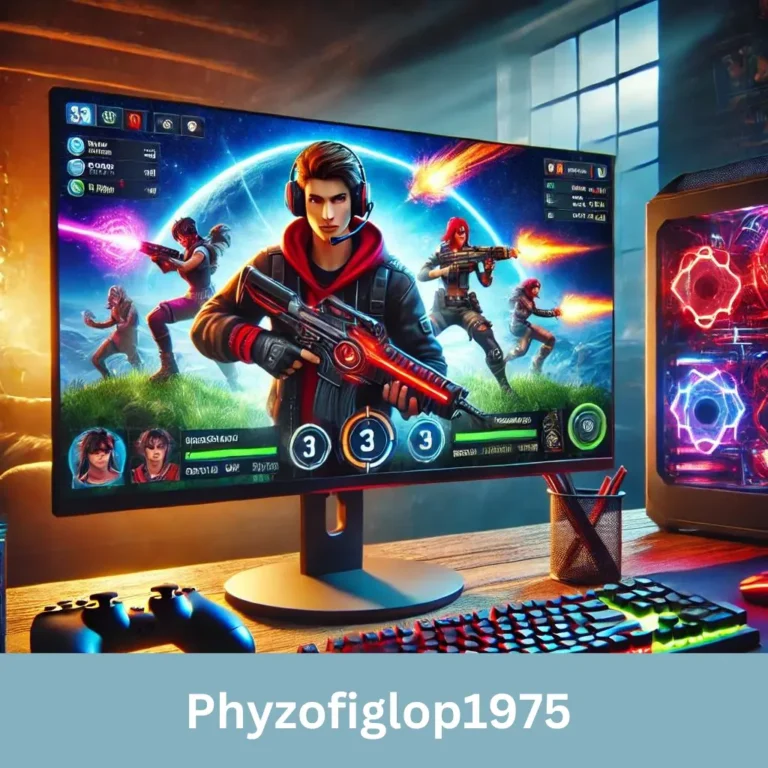Robots Dot to Dot Nattapong: Revolutionizing Art and Education
In the rapidly evolving world of technology, art has found new ways to blend with the digital age. One of the most fascinating and innovative intersections of art and technology is “Robots Dot to Dot Nattapong.” This fresh concept has captured the attention of educators, artists, and technologists alike, revolutionizing how we perceive traditional dot-to-dot activities by adding a layer of robotics and artificial intelligence.
This comprehensive guide explores the origins, processes, educational impact, and future prospects of “Robots Dot to Dot Nattapong” while addressing frequently asked questions and discussing its significance in the fields of art and STEM education.
What Is Robots Dot to Dot Nattapong?
“Robots Dot to Dot Nattapong” is a groundbreaking concept that merges the traditional art of dot-to-dot drawing with the precision and innovation of robotics. In this activity, robots, programmed by an artist or technician, follow a series of dots to create intricate patterns and images. The idea was conceived and developed by Nattapong, a visionary artist and technologist known for blending cutting-edge technology with classical art forms.
Unlike traditional dot-to-dot where individuals use pencils to connect the dots, Nattapong’s robots are programmed to make precise and controlled movements to complete the images. This method not only provides aesthetic appeal but also introduces learners and enthusiasts to concepts of robotics, programming, and engineering.
Key Features of Robots Dot to Dot Nattapong
- Robotic Precision: The robots programmed for these activities are capable of following dots with remarkable accuracy, creating intricate and detailed images.
- Customisable Designs: Each dot-to-dot design can be modified, offering flexibility for artists or programmers to create their desired images.
- Integration with Education: The concept serves as a useful educational tool, allowing students to learn the basics of robotics, programming, and even art theory.
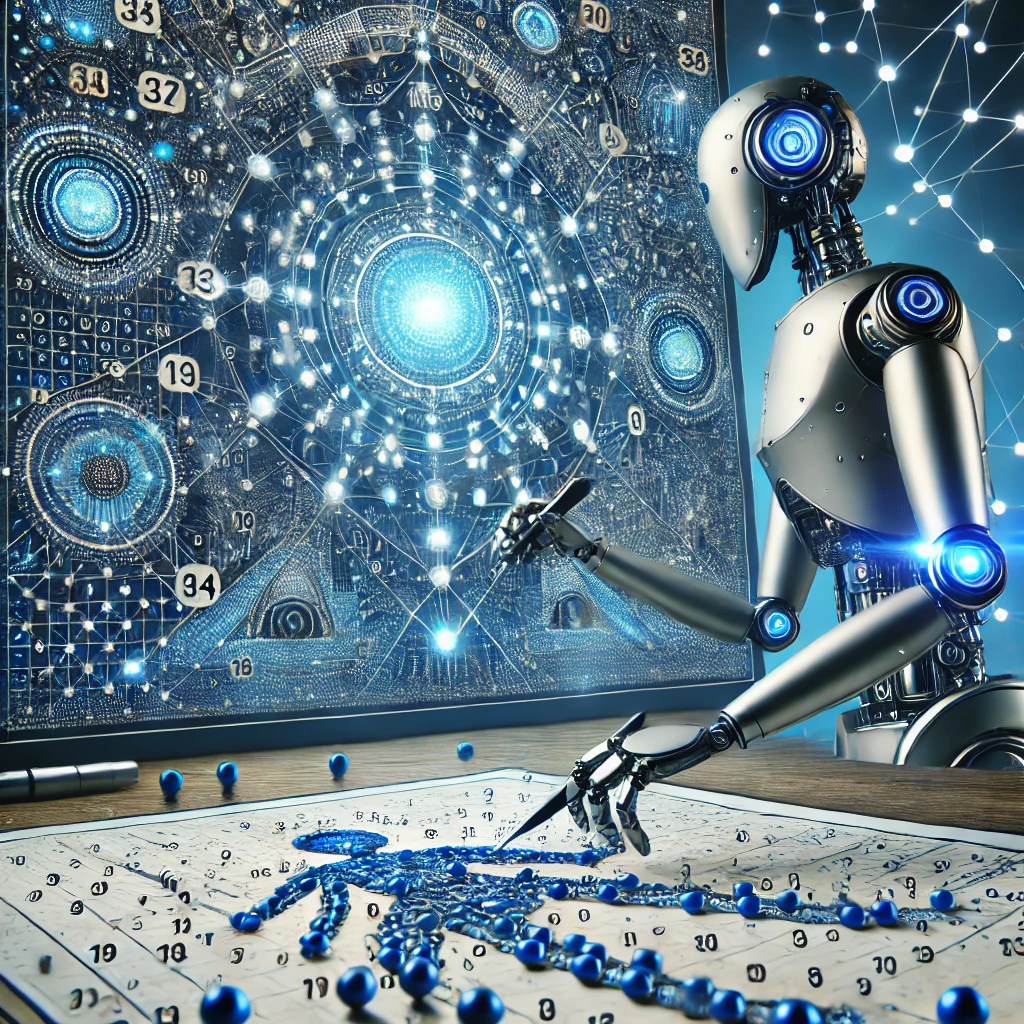
The Creative Process Behind Nattapong’s Work
The process of creating a “Robots Dot to Dot Nattapong” piece involves several steps that blend creativity with technological expertise.
Step 1: Design the Image
Before the robot can start drawing, a dot-to-dot pattern must first be created. This involves conceptualizing the image and plotting key points (dots) on the canvas. Nattapong’s designs range from simple geometric shapes to more intricate robotic figures.
Step 2: Programming the Robot
Once the design is complete, the next step involves programming the robot to follow a specific path that connects the dots. Specialised software translates the dot-to-dot pattern into a series of commands and coordinates, allowing the robot to move smoothly across the canvas.
Step 3: Executing the Drawing
When the robot starts its work, it carefully follows the pre-programmed path, connecting each dot with precise movements. This process can vary in complexity depending on the design. Simple patterns may take only minutes, while more detailed pieces can take several hours or even days to complete.
Step 4: Refinement and Detailing
Once the main image is created, Nattapong often adds finishing touches by hand or programs the robot to apply additional details. This gives each piece a unique blend of mechanical precision and artistic flair.
Role of Robotics in Modern Art
In today’s digital age, technology and creativity no longer exist in separate silos. “Robots Dot to Dot Nattapong” is the perfect example of how robotics is reshaping modern art. This section delves into how robotics is influencing artists, art galleries, and even art collectors by blending creativity with technological precision. The global art community has taken notice of Nattapong’s works, with galleries exploring ways to incorporate robot-assisted art as both an exhibition and a performance. With robots bringing unparalleled precision to their artworks, they’re no longer just assistants to artists but creators in their own right. The implications of this shift are vast, ranging from new forms of art to the emergence of AI-driven creative works.
Impact on Galleries and Art Exhibitions
Robotics in art isn’t just confined to behind-the-scenes creation. “Robots Dot to Dot Nattapong” is now being showcased in live art performances where robots connect dots in real-time, creating a thrilling experience for gallery-goers. The intricacy of these creations coupled with the robotic display adds a new dimension to modern exhibitions. Many prominent galleries are now investing in robot-assisted art to captivate audiences and explore the possibilities of AI-driven creativity. In fact, robot-produced artworks have started to appear in art auctions, challenging the traditional notion of human-exclusive art.
Educational Impact: Merging Robotics with Art and Learning
One of the most impactful aspects of “Robots Dot to Dot Nattapong” is its application in STEM (Science, Technology, Engineering, and Mathematics) education. By combining a fun, engaging activity like dot-to-dot drawing with advanced robotics, this concept has transformed the way students learn about robotics and programming.
Key Benefits for Education
- Engaging Learning Tool: The use of robots in a familiar activity like dot-to-dot makes complex topics like programming more accessible for students.
- Hands-on Learning: Students can physically see the results of their programming efforts as the robot connects the dots to form a coherent image. This hands-on experience reinforces abstract concepts.
- Critical Thinking and Problem-Solving: As students engage with robots, they are encouraged to troubleshoot problems, fine-tune the robot’s performance, and make real-time adjustments.
- Creativity and Innovation: “Robots Dot to Dot Nattapong” fosters creativity by encouraging students to design their own patterns and robots. The activity offers endless possibilities for experimentation.
Use in Schools and Workshops
Many schools and educational institutions have adopted Nattapong’s robots for classroom activities and workshops. These interactive tools make STEM subjects more approachable for students of all ages, from elementary levels to high school. Teachers often report increased student engagement and interest in subjects like mathematics and engineering when they introduce robots to dot-to-dot exercises.
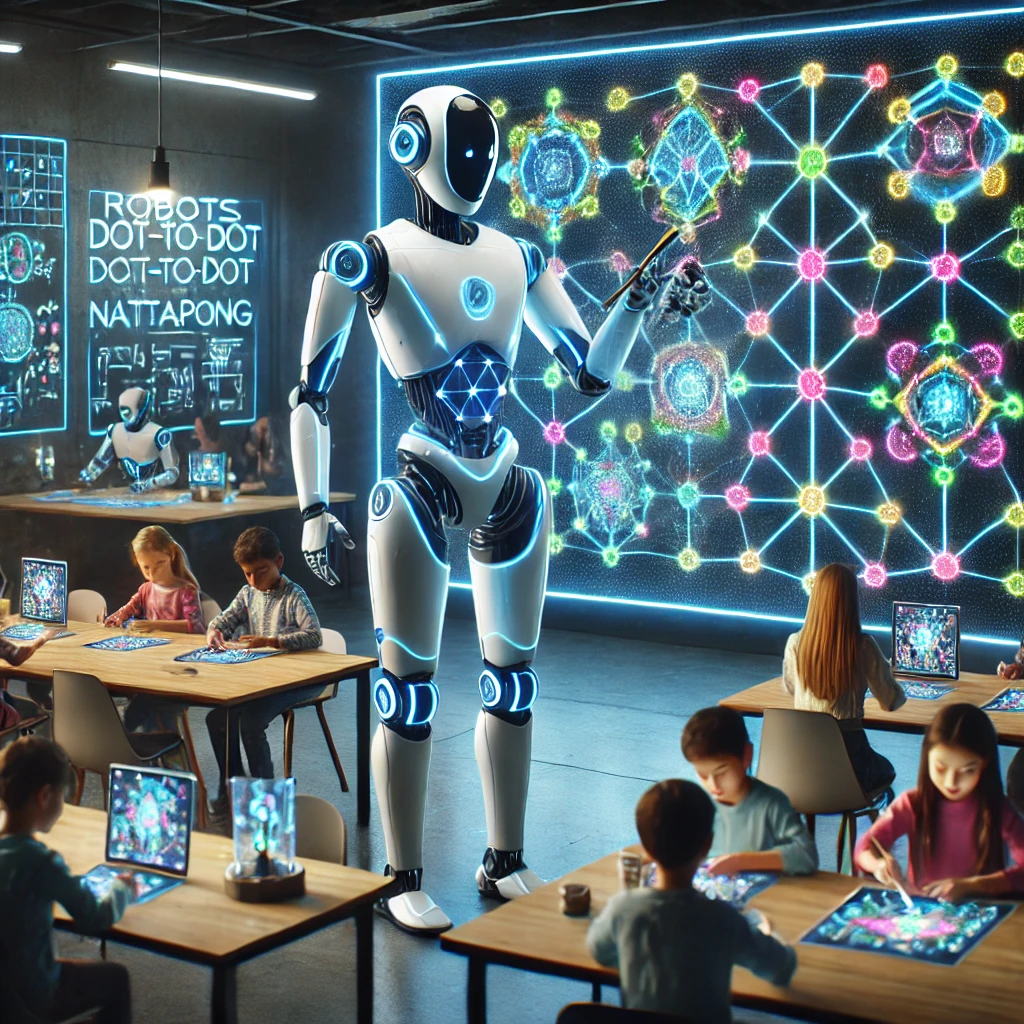
Future Prospects: Where Will Robots Dot to Dot Lead?
The concept of “Robots Dot to Dot Nattapong” is still evolving, with many exciting developments on the horizon. Nattapong and other innovators in the field are exploring how artificial intelligence (AI) can be used to generate unique dot-to-dot patterns and even make creative decisions during the drawing process.
AI and Robotics Integration
Artificial intelligence could be integrated into the robots’ programming to allow them to create more complex and creative images autonomously. This would open up new possibilities for large-scale projects and collaborative art installations.
Large-Scale Installations
Another possibility is the creation of large-scale artworks, where multiple robots work together to create expansive dot-to-dot pieces. This could revolutionize public art, bringing robotics and art together in urban spaces for everyone to enjoy.
Educational Expansion
The use of “Robots Dot to Dot Nattapong” in education is expected to grow significantly. As more schools adopt robotics into their curriculums, this method offers an accessible and exciting entry point into the world of coding and programming.
Applications in Industry
Beyond art and education, the principles behind “Robots Dot to Dot Nattapong” can have practical applications in various industries. For example, the precision required to connect dots in a drawing can be applied to tasks like quality control and assembly in manufacturing. Robots following specific paths to complete a task is a concept that can be adapted for industrial use, making this innovation more than just an artistic endeavour.
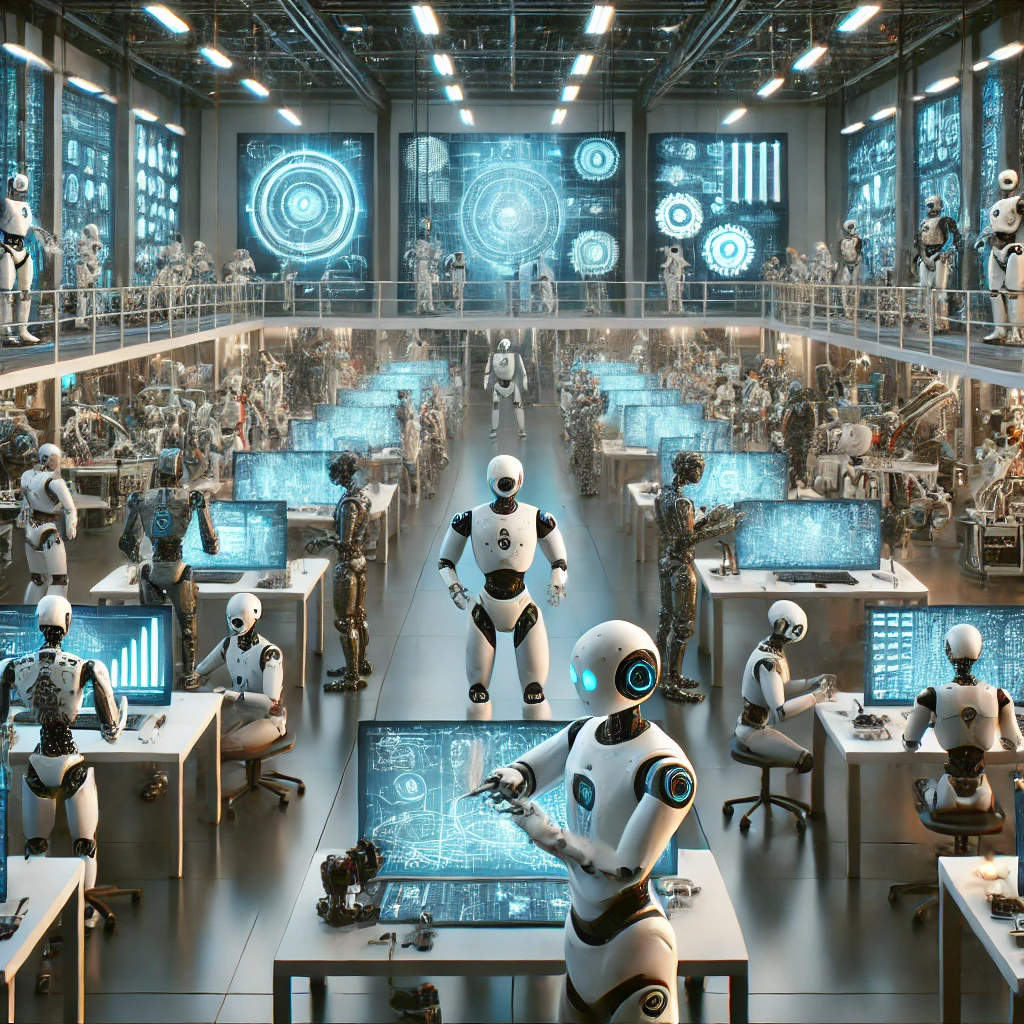
Conclusion
“Robots Dot to Dot Nattapong” is an exciting and innovative concept that merges art, robotics, and education in a unique way. By combining the precision of robotics with the creativity of traditional dot-to-dot art, Nattapong has opened up new possibilities for learning, artistic expression, and even industrial applications.
This concept is not only an engaging tool for students and artists but also a fascinating example of how technology can transform even the simplest of activities into something extraordinary. With continued development, “Robots Dot to Dot Nattapong” has the potential to reshape how we think about art, education, and the future of robotics.
FAQs
Robots are programmed to follow a series of dots on a canvas, connecting them with precise movements. This is achieved using specialized software that translates the dot pattern into a series of coordinates for the robot to follow.
Yes! Nattapong’s work has inspired educational kits and tools that allow users to design their own patterns and program robots to create unique artworks. These kits are accessible for both beginners and more experienced users.
The main difference lies in the use of robots to create the image. Traditional dot-to-dot is done by hand, while Nattapong’s method uses robots for precision and efficiency, making it possible to create more complex and detailed images.
Absolutely! This activity is suitable for children of all ages and is often used as an educational tool in schools to introduce students to the basics of robotics and programming.
Yes, the principles behind this concept can be applied to various industries, particularly in robotics where precision and path-following are important, such as in manufacturing and healthcare.

